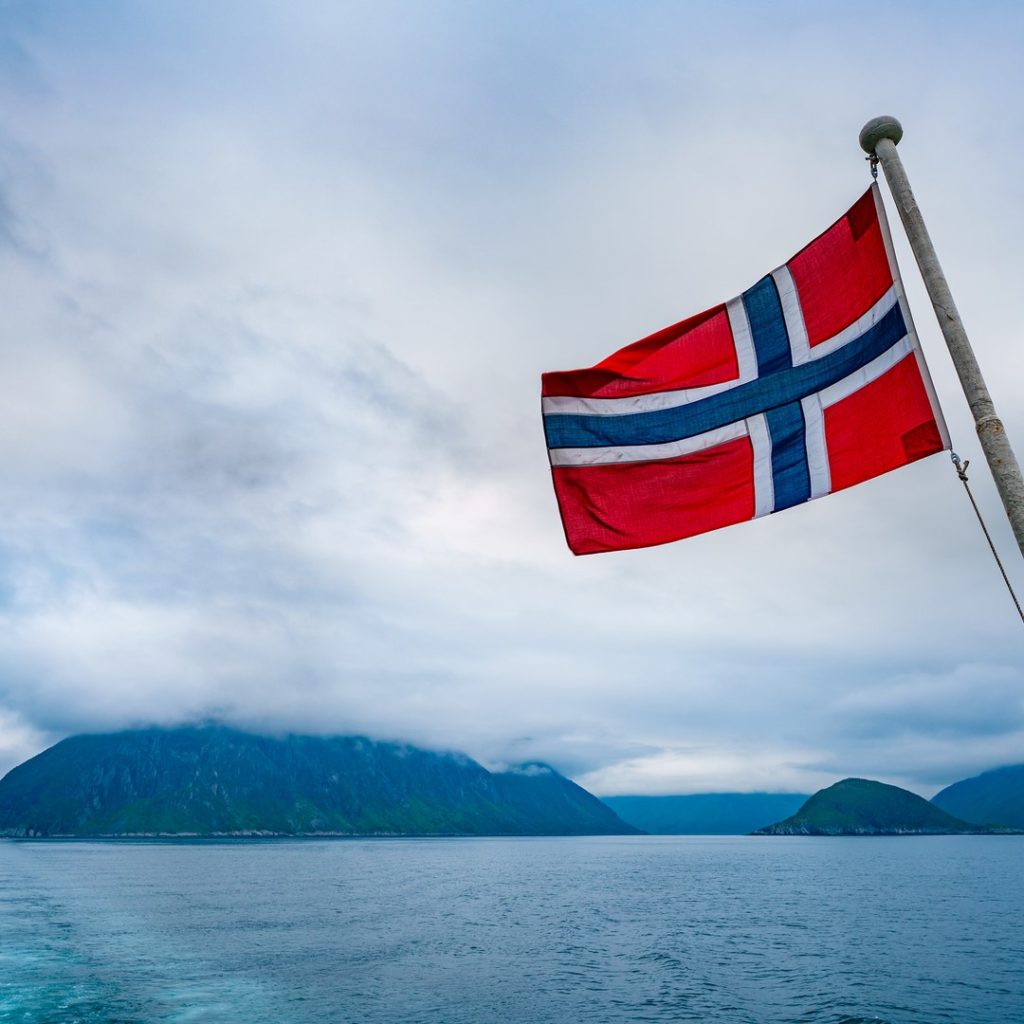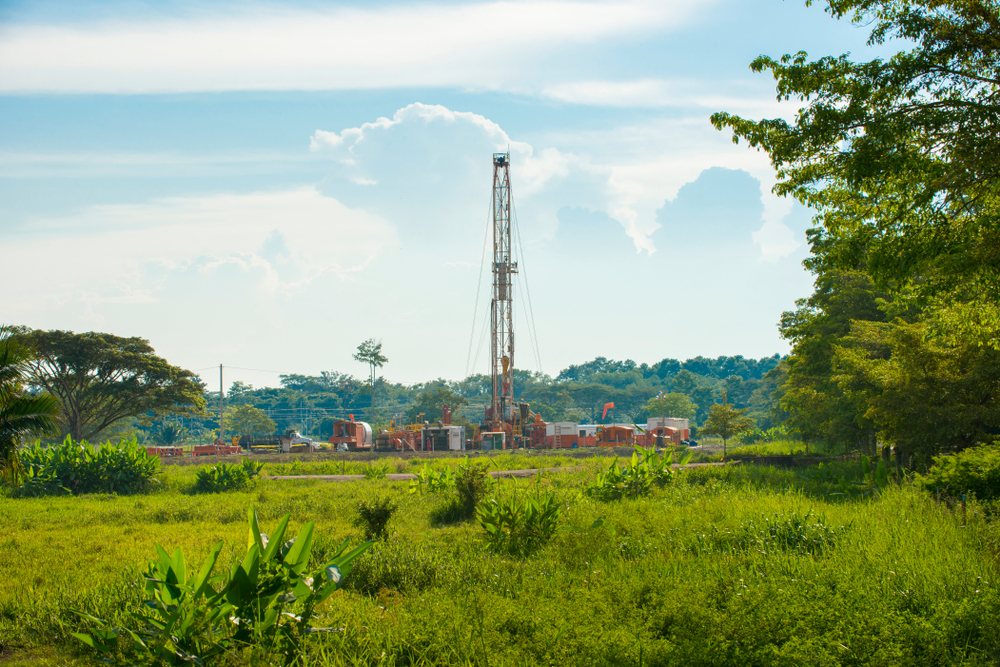The Norwegian Petroleum Directorate (NPD) says new and larger discoveries will have to be made for Norway to maintain production of oil and gas after the mid-2020s.
This was revealed in the Norwegian regulator’s 2018 Resource Report for Exploration, published on 21 June.
The report concludes that there is much remaining oil and gas on the Norwegian shelf, providing significant opportunities in both mature and less explored areas. Increased knowledge, more and improved data, new work methods and new technology will create new exploration possibilities and can yield more profitable discoveries.
However, the report warned that to maintain production over a sustained period, companies will have to explore and make discoveries.
The NPD exploration director, Torgeir Stordal, says: “This report includes an updated overview of undiscovered petroleum resources on the shelf. It shows that after more than 50 years of activity, about 55 per cent of anticipated oil and gas resources have yet to be produced. Of these, just under half have not even been discovered.”
The estimate for undiscovered resources is 4000 million standard cubic meters of oil equivalents (Sm3 o.e.), which corresponds to about 40 Johan Castberg fields. The NPD expects about two-thirds of the undiscovered resources to be located in the Barents Sea; the rest is distributed between the North Sea and Norwegian Sea.
“The figures tell us that opportunities on the Norwegian shelf are great and could provide the basis for oil and gas production for decades to come,” says Stordal.
“The authorities facilitate regular access to acreage through licensing rounds. The industry has shown considerable interest in the most recent rounds, and after a few years of less exploration activity we are seeing this pick up again. This is important for the resource potential to be proven and produced.”
The NPD’s analyses show that it has been profitable to explore in all sea areas on the Norwegian shelf. The exploration director therefore emphasises that it is important that companies continue to actively explore in both familiar and more frontier areas, and that a diverse range of players contribute to this.
The NPD noted that the trend in recent years is that the discoveries have been smaller than before. Moreover, it is becoming more difficult to find the oil and gas deposits. In this context, new technology has provided better data and better tools, which have contributed to new insight and new exploration concepts.
“This development will continue. The combination of better geotechnical expertise and digital technology will probably become the key to identifying new resources in the years to come.”
The report presents numerous analyses that will make up part of the knowledge basis for both the authorities and the industry. The purpose of the analyses is to provide a basis for learning and good decisions that can contribute to maintaining the exploration activity and production level over time.
In many places in the world there are minerals with rare earth elements on the seabed, and there is a beginning commercial interest in exploiting these resources. There are seabed minerals in the deep parts of the Norwegian Sea on the Norwegian shelf. In the summer of 2018, the NPD will start its own surveys to learn more about these minerals:
“This could become a new chapter in the story of Norway’s ocean resources,” says Stordal.



